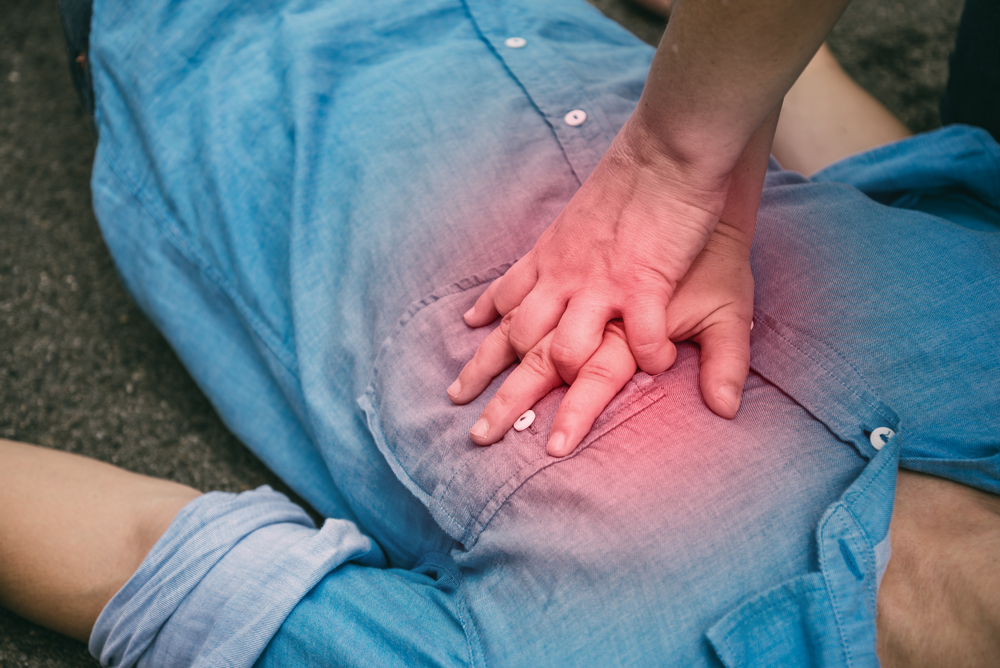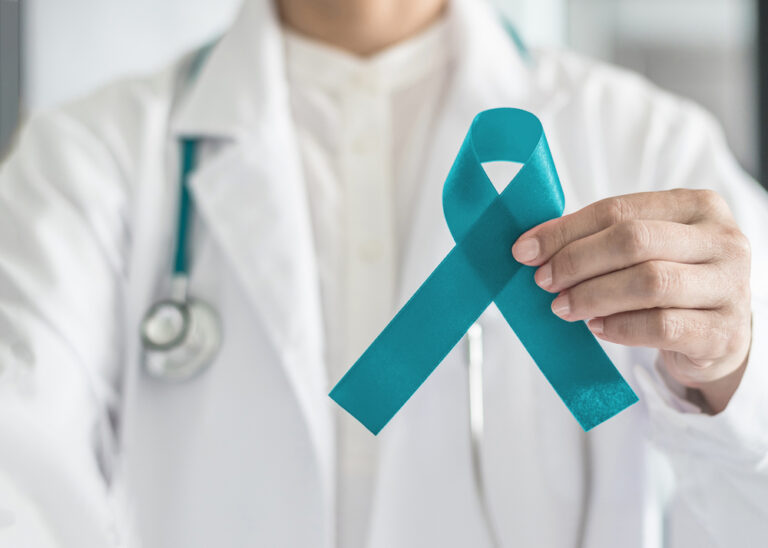CPR on Elderly: Long-term Side Effects of Resuscitation
Category:

You often see Cardiopulmonary resuscitation, also known as CPR, on TV and in movies. It’s almost impossible to watch an episode of a medical drama without seeing at least one instance of a patient receiving CPR. In these scenes, the patient is given CPR, possibly shocks from a defibrillator, and several rounds of epinephrine, after which they typically wake up and feel better.
Unfortunately, this is not what CPR typically looks like, especially when performed on the elderly. In reality, successful CPR may potentially cause serious physical harm. Therefore, if you have an aging family member, it’s crucial to know the risks and consider their preferences regarding CPR before an emergency situation arises.
CPR Success Rate by Age
The average survival rate after CPR is around 20% when CPR is performed in a hospital and around 10% when it is performed outside the hospital for adults. The number decreases to around 12% or lower after age 70. Those with chronic conditions have a less than 5% chance of leaving the hospital after CPR.
A main factor in the success rate is how quickly CPR is performed after cardiac arrest. Other factors like the reason for the cardiac or respiratory arrest and other underlying health conditions like cancer or other diseases also contribute to the likelihood of survival after CPR.
Quality of Life After CPR
The main concern when choosing whether or not to perform CPR on elderly patients is the quality of life after resuscitation. CPR can have long-term side effects, and many patients who survive CPR wish they had not had it. Some of the risks of CPR include:
-
Broken chest bones. Smaller people or people with more fragile bones – such as the elderly – are at a high risk of broken ribs or a broken sternum as a result of CPR. Studies show 81% of people who receive CPR have broken ribs afterward.
-
Neurological damage. When the heart stops, blood stops flowing to the brain, causing the brain to be deprived of oxygen. Brain damage begins to occur four to six minutes after the brain stops receiving oxygen. In general, around one-third of the people that survive CPR end up with neurological problems due to lack of oxygen to the brain.
-
Vomiting. It is not uncommon for vomiting to occur during chest compressions. This can lead to stomach contents aspirating into the lungs, which can lead to infections like pneumonia.
-
Other complications can arise, like organ damage or internal bleeding.
The recovery process after CPR can be long and often requires a lengthy hospital stay in intensive care. The underlying conditions that led to the need for CPR play a huge role in the outcome.
Download Our Free Heart Health Guide
Know Your Options
CPR is a life-saving measure that is always taken by hospital providers unless you specifically state that it should not be used. CPR is one of the few treatments that patients have to choose not to do – it’s part of the standard protocols used by hospitals and emergency responders. In order to prevent CPR from being performed, your loved one will need a DNR, or Do Not Resuscitate order. The order must be signed by a doctor and ONLY refers to CPR, not pain medication, other medicines, or nutrition. A DNR order is legally binding and cannot be overridden.
In addition to the DNR document, you can also get a medical bracelet or wallet card with the DNR information should there be an emergency. You should include the information in your advanced directive (living will) and ideally speak to your family or health care proxy about your wishes so there are no surprises or confusion.
Subscribe
Date: July 25, 2023
Category:


